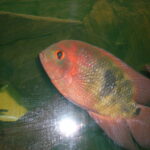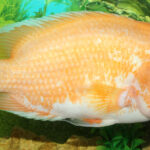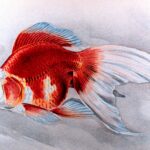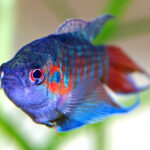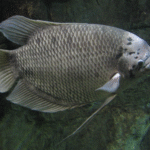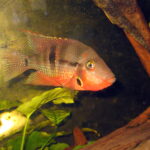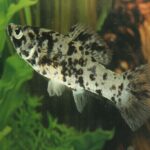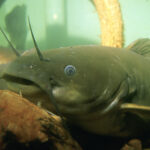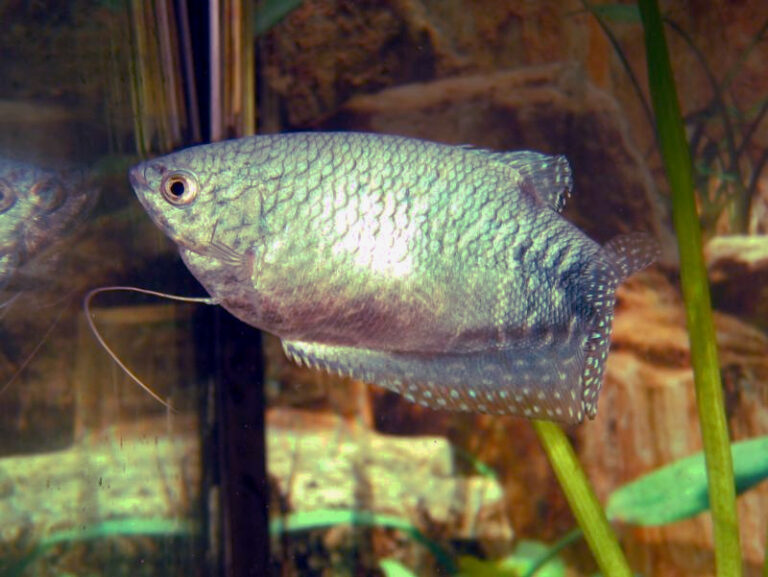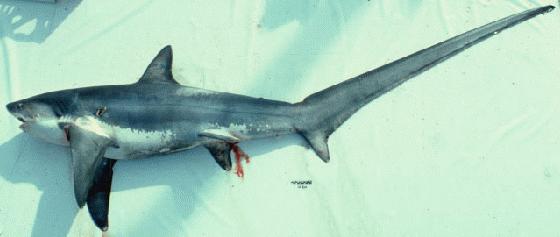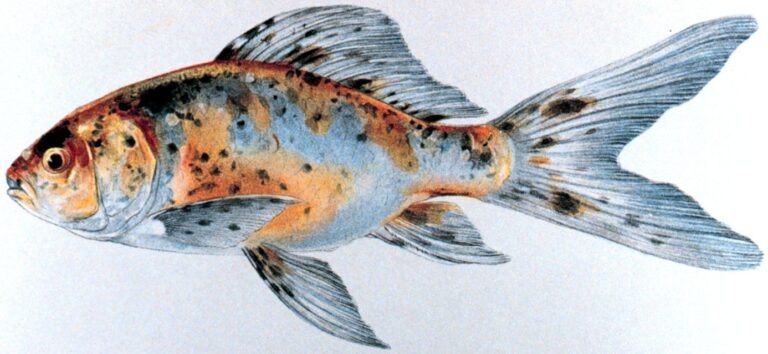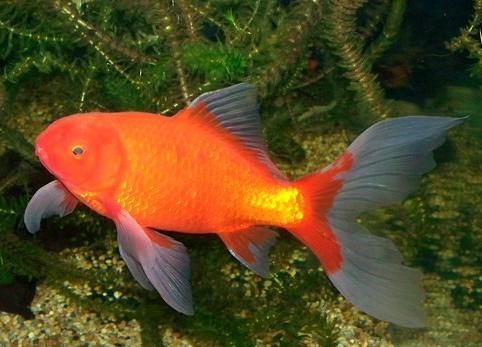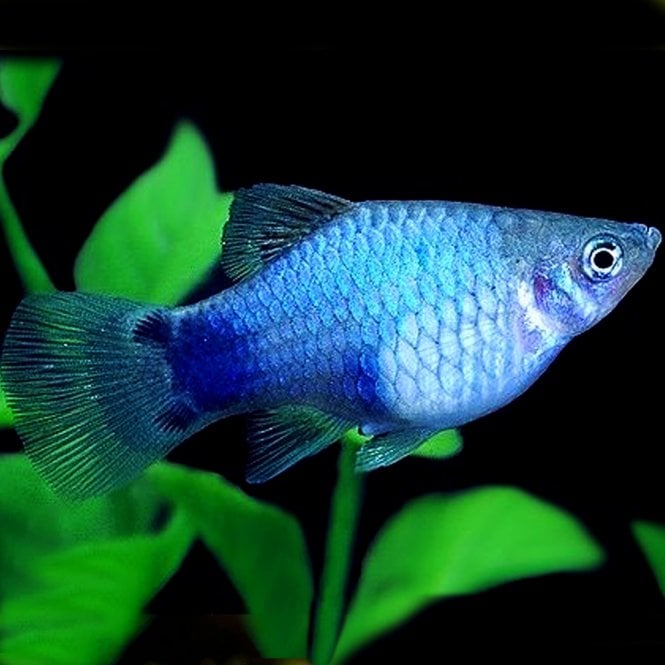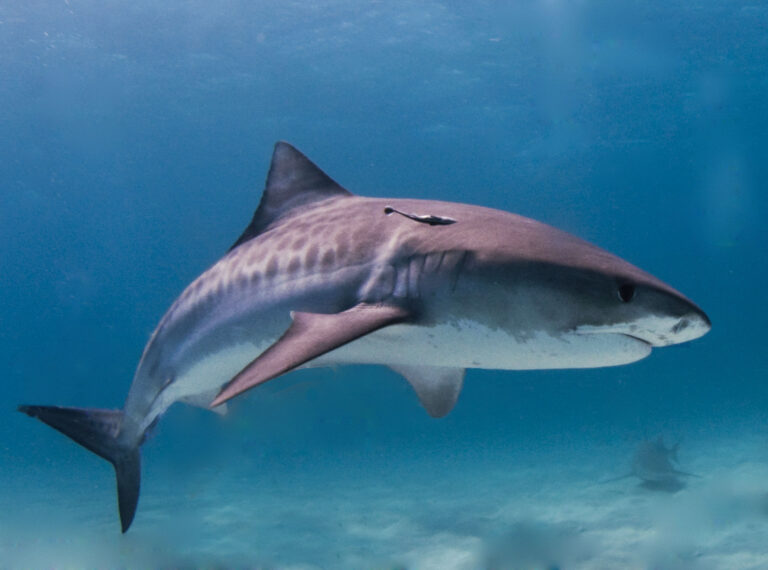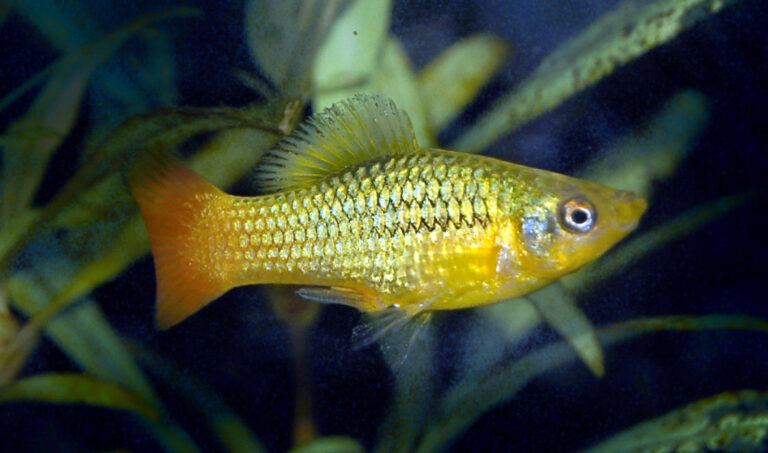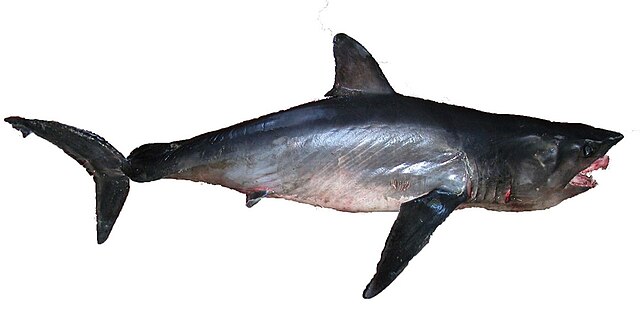Pristella Tetra
By Ryan Maron | Last Modified: June 8, 2025
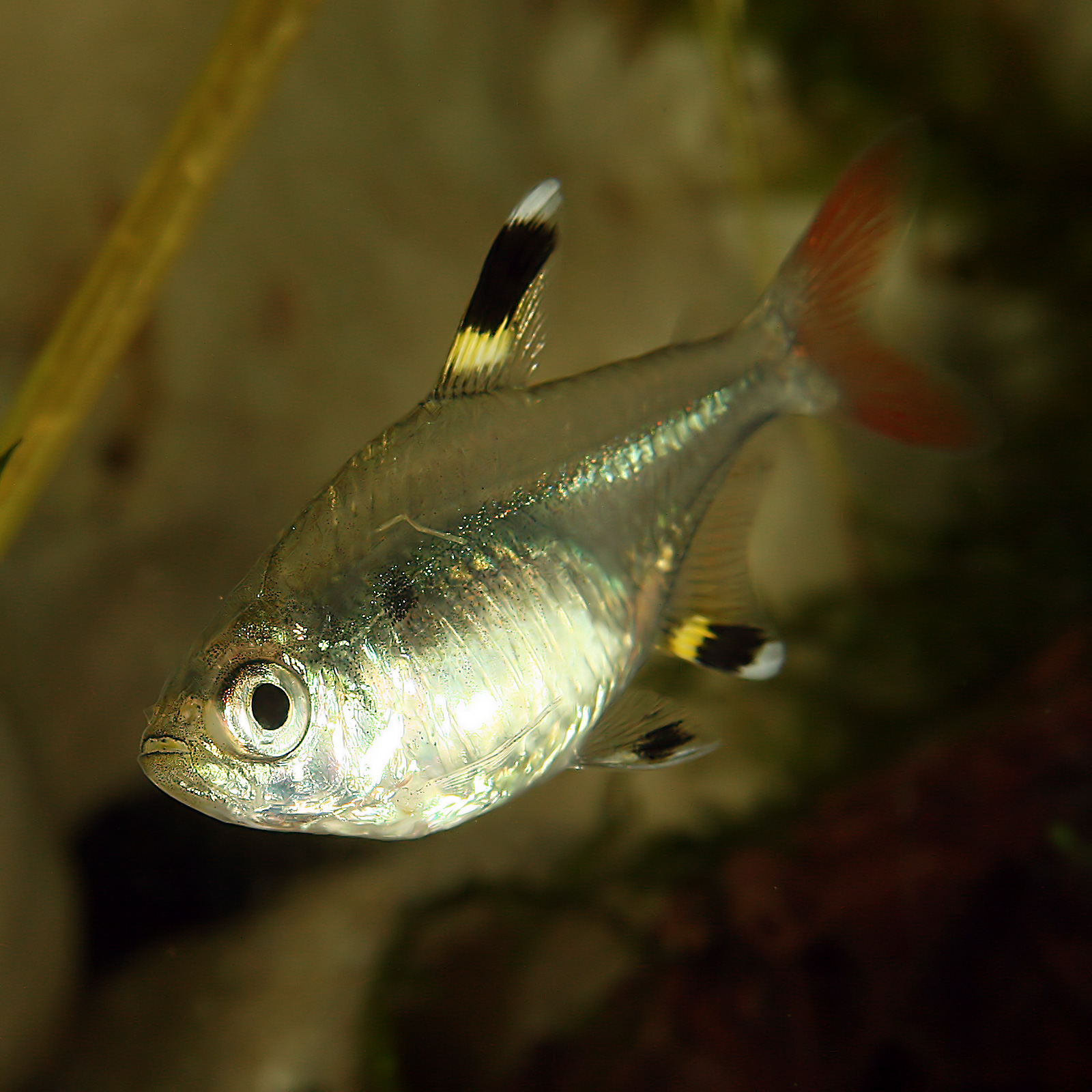
The Pristella Tetra (Pristella maxillaris) stands as one of South America’s most distinctive freshwater aquarium species, renowned for its translucent body and striking fin coloration. This small characin species occupies a significant ecological niche in the slow-moving waters of the Amazon and Orinoco river basins, where it forms massive schools that serve as crucial links in the aquatic food web. Beyond its ecological importance, the Pristella Tetra has become a cornerstone species in the global aquarium trade, prized for its peaceful temperament and adaptability to various water conditions. The species demonstrates remarkable resilience in both wild and captive environments, making it an ideal subject for understanding tropical freshwater fish behavior and community dynamics.
| Feature | Details |
|---|---|
| Common Name | Pristella Tetra |
| Scientific Name | Pristella maxillaris |
| Family | Characidae |
| Typical Size | 4.5-5.5 cm (1.8-2.2 inches) |
| Habitat | Slow-moving rivers and tributaries |
| Diet | Omnivorous micropredator |
| Distribution | Amazon and Orinoco basins |
| Conservation Status | Least Concern |
Taxonomy & Classification
Pristella maxillaris belongs to the diverse family Characidae, which encompasses over 1,100 species of freshwater fish distributed throughout South and Central America, as well as parts of Africa. Within this family, the Pristella Tetra is classified under the subfamily Tetragonopterinae, a group characterized by their small size, schooling behavior, and omnivorous feeding habits. The genus Pristella was first described by Eigenmann in 1908, with P. maxillaris serving as the type species and currently the only recognized member of this monotypic genus.
The taxonomic classification places Pristella maxillaris within the order Characiformes, which represents one of the most speciose orders of freshwater fish globally. This order includes many economically and ecologically important species throughout South American river systems. Recent molecular phylogenetic studies have confirmed the distinct evolutionary position of Pristella within the Characidae family, supporting its classification as a separate genus rather than inclusion within the broader Tetragonopterus complex.
Systematic ichthyologists recognize several regional variants of Pristella maxillaris based on minor morphological differences, particularly in fin coloration intensity and body proportions. However, these variations are generally considered to represent geographic populations rather than distinct subspecies. The species exhibits remarkable genetic stability across its range, suggesting strong gene flow between populations facilitated by the interconnected nature of South American river systems.
Physical Description
The Pristella Tetra exhibits a distinctive translucent body that immediately distinguishes it from related tetra fish varieties throughout the Amazon basin. The species typically reaches 4.5 to 5.5 centimeters in total length, with females generally displaying slightly larger body dimensions than males. The most striking feature is the semi-transparent body that reveals internal organs and skeletal structures, creating an ethereal appearance that has earned it alternative common names such as the Golden Pristella and X-ray Tetra.
The dorsal and anal fins display characteristic black and yellow coloration patterns that serve as the primary identification markers for this species. These fins feature distinct black outer margins followed by bright yellow or golden bands, creating a striking contrast against the translucent body. The adipose fin, a small fleshy fin located between the dorsal and caudal fins, also bears similar coloration and represents a key diagnostic feature for species identification.
Sexual dimorphism in Pristella Tetra becomes apparent in mature specimens, with females exhibiting rounder, deeper body profiles particularly noticeable when carrying eggs. Males maintain more streamlined body shapes and often display more intense fin coloration during spawning periods. The caudal fin remains largely transparent with subtle yellow tinting, while the pectoral and pelvic fins appear completely clear. Body scales are cycloid and relatively large for the fish’s size, contributing to the overall translucent appearance that characterizes this remarkable species.
Habitat & Distribution
Pristella maxillaris occupies an extensive range throughout the northern regions of South America, with established populations documented in the Amazon River basin, Orinoco River system, and coastal river drainages from Venezuela to northern Brazil. The species demonstrates remarkable adaptability to various aquatic environments, inhabiting slow-moving rivers, tributaries, flooded forests, and permanent lagoons throughout its range. Water parameters within their natural habitat typically exhibit pH levels ranging from 5.5 to 7.5, with temperatures maintaining consistency between 22°C and 28°C throughout most of the year.
The species shows particular affinity for areas with moderate vegetation cover and soft substrate conditions, often congregating in shallow marginal zones where aquatic plants provide both feeding opportunities and protective cover. During seasonal flood cycles characteristic of Amazonian ecosystems, Pristella Tetra populations expand into temporarily flooded forest areas, taking advantage of increased food availability and spawning sites among submerged vegetation.
Geographical distribution patterns indicate that Pristella maxillaris populations remain most dense in the middle and lower Amazon tributaries, particularly within the Rio Negro, Rio Tapajós, and Rio Xingu systems. The species also maintains significant populations throughout the Orinoco basin in Venezuela and Colombia, where it occupies similar ecological niches in slow-moving waters with abundant vegetation. Recent ichthyological surveys have confirmed the species’ presence in previously undocumented tributaries, suggesting a more extensive range than historically recognized.
Diet & Feeding Behavior
The Pristella Tetra functions as an opportunistic omnivore within its ecosystem, displaying feeding behaviors that classify it as a micropredator with strong herbivorous tendencies. Wild populations consume a diverse array of food sources including small invertebrates, zooplankton, phytoplankton, algae, and detritus. Stomach content analyses from field specimens reveal that aquatic insects, particularly chironomid larvae and small crustaceans, comprise approximately 40% of their natural diet, while plant matter and algae constitute the remaining portion.
Feeding activity patterns demonstrate distinct diurnal preferences, with peak foraging occurring during early morning and late afternoon hours when prey density reaches optimal levels. The species employs a combination of surface feeding and mid-water column foraging strategies, often observed picking small particles from plant surfaces and substrate materials. Their small, terminal mouth structure proves ideally suited for capturing minute food particles and navigating through dense vegetation while feeding.
Seasonal dietary variations correspond closely with flood cycles and associated changes in food availability. During high-water periods, Pristella Tetra populations shift toward increased consumption of terrestrial insects and plant material that becomes available in flooded forest environments. The species’ adaptable feeding behavior contributes significantly to its success in aquarium environments, where it readily accepts commercial flake foods, freeze-dried preparations, and live foods such as brine shrimp and daphnia.
Behavior & Adaptations
Pristella Tetra exhibits highly developed schooling behavior that represents one of its most significant behavioral adaptations for survival in predator-rich environments. Schools typically consist of 20 to 100 individuals in wild populations, with larger aggregations forming during spawning seasons or in response to predator threats. The species demonstrates sophisticated coordination within schools, employing synchronized swimming patterns and rapid directional changes that serve to confuse potential predators and increase individual survival rates.
The translucent body coloration functions as an effective camouflage mechanism, particularly in dappled sunlight conditions common in their natural habitat. This transparency, combined with the reflective qualities of their scales, makes individual fish difficult to distinguish within dense vegetation or against varying light backgrounds. The species also exhibits startle responses characterized by rapid acceleration and dispersal patterns that effectively break up school formations when threatened.
Territorial behavior remains minimal in Pristella Tetra, with aggressive interactions typically limited to brief chasing during feeding competition or spawning activities. The species displays remarkable tolerance for crowded conditions, making it exceptionally well-suited for community aquarium environments. Circadian activity patterns show distinct preferences for daylight hours, with reduced activity and tighter school formations occurring during nighttime periods when predation risk increases significantly.
Reproduction & Life Cycle
Pristella maxillaris follows a seasonal spawning pattern that corresponds with regional flood cycles, typically reproducing during periods of increased water levels when suitable spawning sites become available in flooded vegetation areas. Sexual maturity occurs at approximately 8 to 10 months of age when individuals reach 3.5 to 4 centimeters in length. The species exhibits broadcast spawning behavior, releasing eggs and sperm simultaneously into the water column without parental care or nest construction.
Spawning activity occurs primarily during early morning hours, with courtship behaviors including increased swimming activity, fin displays, and temporary pairing between males and females. A single spawning event may produce between 200 to 400 eggs, depending on female size and condition. The eggs are semi-adhesive and typically attach to fine-leaved vegetation or settle into substrate materials where they undergo development over a 24 to 36-hour incubation period at temperatures around 26°C.
Larval development follows typical characiform patterns, with newly hatched fry measuring approximately 3 millimeters in total length and possessing large yolk sacs that provide nutrition for the first 3 to 4 days of life. Free-swimming fry begin feeding on microscopic organisms including rotifers, paramecia, and algae. Growth rates average 0.5 to 0.8 millimeters per week during the first month, with juvenile coloration patterns becoming apparent at approximately 1.5 centimeters in length. The species demonstrates relatively high reproductive success rates in stable environmental conditions, contributing to its widespread distribution throughout suitable habitats.
Predators & Threats
Natural predators of Pristella Tetra include a diverse array of piscivorous species common throughout Amazonian ecosystems, with larger characins, cichlids, and catfish representing the primary threats to adult populations. Juvenile and larval stages face additional predation pressure from aquatic invertebrates, including predatory insects, spiders, and small crustaceans. The species’ small size and abundance make it an important forage fish within the food web, supporting populations of economically significant sport fish species throughout its range.
Habitat degradation poses increasingly significant threats to wild Pristella Tetra populations, particularly in regions experiencing deforestation, agricultural expansion, and urban development. Water quality deterioration resulting from agricultural runoff, mining activities, and industrial pollution directly impacts population stability in several river systems. Climate change effects, including altered precipitation patterns and temperature fluctuations, may disrupt traditional spawning cycles and food availability in some portions of their range.
The aquarium trade represents both an opportunity and potential threat for Pristella maxillaris populations. While commercial breeding operations have reduced pressure on wild stocks, some regions continue to experience collection pressure for export markets. Invasive species introductions in some river systems have created additional competitive pressure and predation threats that may impact local population dynamics. However, the species’ adaptability and reproductive success have generally maintained stable population levels throughout most of its natural range.
Conservation Status
The International Union for Conservation of Nature (IUCN) currently classifies Pristella maxillaris as Least Concern, reflecting the species’ wide distribution, stable population trends, and adaptability to environmental variations. This classification acknowledges that while localized threats exist in some portions of its range, the overall species faces no immediate risk of extinction. Population assessments conducted across multiple river systems consistently document healthy breeding populations with sustainable age structures.
Regional conservation efforts focus primarily on habitat preservation rather than species-specific protection measures, recognizing that ecosystem-level conservation provides the most effective protection for Pristella Tetra and associated fish communities. Protected areas throughout the Amazon basin, including national parks and indigenous territories, encompass significant portions of the species’ range and provide crucial habitat protection from development pressures.
Monitoring programs conducted by various South American research institutions track population trends and habitat conditions in key river systems, providing data essential for early detection of potential conservation concerns. The species’ importance in the aquarium trade has generated additional research interest, contributing to improved understanding of its ecological requirements and population dynamics. Current evidence suggests that sustainable management of aquarium trade collection, combined with habitat protection measures, will maintain stable Pristella Tetra populations throughout their natural range.
Human Interaction
Pristella maxillaris holds significant importance in the global aquarium trade, ranking among the most commonly imported South American tetra species. Commercial breeding operations, primarily located in Southeast Asia and Florida, produce millions of specimens annually for international markets, reducing collection pressure on wild populations while meeting sustained consumer demand. The species’ hardy nature, peaceful temperament, and attractive appearance make it a preferred choice for both beginning and experienced aquarium enthusiasts.
Educational institutions frequently utilize Pristella Tetra in research studies due to their manageable size, easy maintenance requirements, and well-documented behavioral patterns. University research programs studying schooling behavior, predator-prey relationships, and reproductive biology often employ this species as a model organism. The transparent body structure provides unique opportunities for observing internal organs and physiological processes, making it valuable for educational demonstrations and scientific investigations.
Economic impact extends beyond the aquarium trade through ecotourism activities in South American regions where Pristella Tetra populations contribute to diverse fish communities that attract sport fishing and wildlife observation tourism. Local communities in some areas participate in sustainable collection programs that provide supplemental income while maintaining population sustainability. The species’ role as a forage fish supports populations of larger game fish species that drive significant tourism revenue in countries like Brazil, Venezuela, and Colombia.
Interesting Facts
The Pristella Tetra’s remarkable transparency results from specialized tissue structures that minimize light scattering, creating an almost glass-like appearance that rivals more famous transparent fish species. This adaptation represents an evolutionary strategy for predator avoidance that differs significantly from the cryptic coloration employed by most small characin species. Scientific studies have demonstrated that the transparency becomes more pronounced in response to stress or threat stimuli, suggesting active physiological control over this camouflage mechanism.
Despite their small size, Pristella Tetra populations can exhibit collective navigation abilities that allow entire schools to maintain course orientation over considerable distances during seasonal migrations. Research has documented schools traveling upstream distances exceeding 50 kilometers during spawning migrations, demonstrating sophisticated spatial memory and navigation capabilities previously unrecognized in small tetra species.
The species exhibits unusual longevity for small characins, with documented lifespans reaching 6 to 8 years in optimal conditions. This extended lifespan, combined with their continued reproductive capacity throughout most of their adult life, contributes significantly to population stability and recovery potential following environmental disturbances. Captive breeding programs have produced several color variants, including albino and golden forms, though these remain rare in commercial availability and are primarily maintained by specialized breeding facilities for research purposes.
Frequently Asked Questions
What makes Pristella Tetra different from other transparent fish species?
Pristella Tetra exhibits selective transparency that primarily affects the body while maintaining distinctive coloration in the dorsal and anal fins. Unlike completely transparent species, Pristella maxillaris retains visible internal structures and can actively modify its transparency levels in response to environmental conditions, making it unique among South American characin species.
How large do schools of Pristella Tetra grow in their natural habitat?
Wild Pristella Tetra schools typically range from 20 to 100 individuals during normal activity periods, but can aggregate into massive groups exceeding 500 fish during spawning seasons or when responding to predator threats. These large aggregations provide enhanced protection through the dilution effect and improved predator confusion.
Can Pristella Tetra survive in different water chemistry conditions?
Pristella maxillaris demonstrates remarkable adaptability to varying water parameters, tolerating pH ranges from 5.5 to 7.5 and temperatures between 22°C to 28°C. This adaptability stems from their natural habitat diversity, which includes both acidic blackwater systems and more neutral pH environments throughout their South American range.
What role do Pristella Tetra play in maintaining aquatic ecosystem balance?
As omnivorous micropredators, Pristella Tetra help control populations of small invertebrates and zooplankton while also consuming algae and detritus, contributing to nutrient cycling in their ecosystems. Their position as abundant forage fish supports larger predatory species, making them crucial links in South American freshwater food webs.
Conclusion
Pristella maxillaris represents a remarkable example of evolutionary adaptation and ecological success in South American freshwater environments. Its unique combination of transparency, schooling behavior, and environmental adaptability has enabled the species to thrive across diverse habitats while maintaining stable populations despite various environmental pressures. The continued importance of Pristella Tetra in both natural ecosystems and human activities underscores the interconnected nature of biodiversity conservation and sustainable resource management in tropical freshwater systems.
Share The Article:
More Fish Species:
-
Gold Gourami
The Gold Gourami (Trichopodus trichopterus) represents one of Southeast Asia’s most recognizable freshwater fish species, distinguished by its robust…
-
Thresher Shark
The Thresher Shark represents one of the ocean’s most distinctive and captivating apex predators, renowned for its extraordinarily elongated…
-
Largemouth Bass
The Largemouth Bass, scientifically known as *Micropterus salmoides*, stands as one of North America’s most iconic freshwater gamefish and…
-
Shubunkin Goldfish
The Shubunkin Goldfish (Carassius auratus) represents one of the most popular and visually striking varieties of goldfish kept in…
-
Comet Goldfish
The Comet Goldfish (Carassius auratus) stands as one of the most recognizable and widely distributed freshwater fish species in…
-
Blue Platy
The Blue Platy (Xiphophorus maculatus) stands as one of the most recognizable and culturally significant freshwater fish species in…
Discover
-
Tiger Shark
The Tiger Shark (Galeocerdo cuvier) represents one of the ocean’s most formidable apex predators, earning its distinctive name from…
-
Walleye vs Bass: Different Strategies for Freshwater Predators
I still remember my first dedicated walleye trip back in 2009. After fifteen years of chasing mostly bass, I…
-
How to Spool a Baitcaster for Beginners: 6 Simple Steps
I remember the first time I tried spooling a baitcaster reel. What should have been a simple 15-minute job…
-
Fly Fishing | How to fly fish in 2025?
Fly fishing has changed a lot since I first picked up a rod back in the mid-90s. The fundamentals…
-
Yellowfin VS Bluefin Tuna: Which Should You Target? (Expert Guide)
Let’s be honest – the first time I saw a yellowfin and bluefin tuna side by side at the…
-
Michigan Fishing License 2025: Complete Cost & Requirements Guide
Ask any angler about the most frustrating part of fishing, and paperwork will likely rank right up there with…
Discover
-
Kayaking Fishing: Ultimate Guide for Water Adventurers
There’s something magical about gliding across the water in a kayak with a fishing rod in hand. The stealthy…
-
Blue Catfish
The Blue Catfish (Ictalurus furcatus) stands as North America’s largest freshwater catfish species and represents one of the continent’s…
-
Variable Platyfish
The Variable Platyfish (Xiphophorus variatus) stands as one of the most widely recognized and ecologically significant freshwater fish species…
-
Longfin Mako Shark
The Longfin Mako Shark represents one of nature’s most enigmatic and misunderstood predators, embodying both the raw power and…
-
Bigeye Thresher Shark
The Bigeye Thresher Shark represents one of the ocean’s most extraordinary predators, distinguished by its dramatically elongated tail fin…
-
Chinook Salmon: Essential Guide for Catching Kings
There’s something almost magical about the moment when a Chinook salmon takes your lure. That heart-stopping tug, followed by…

